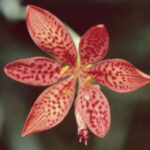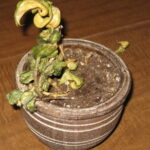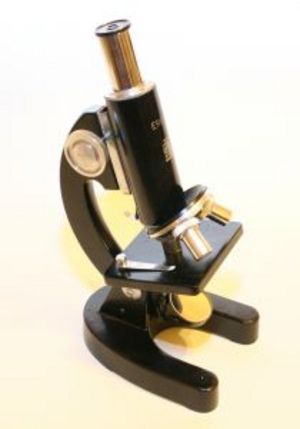Alocasia amazonica, more commonly known as the elephant’s ear, is a native plant to Asia. The Alocasia amazonica is hardy in the U.S. Department of Agriculture zone of 11. If you live in zones below 11, grow this unusual plant as a houseplant. The green leaves are arrow-shaped with scalloped edges and there are veins of white or pale green that sets this plant apart from your other houseplants. You can propagate the Alocasia amazonica through division. This is an inexpensive way to increase your own plants or you can give them to your friends and neighbors.
Prepare the Work Table
Cover your work table with old newspapers. You can also use a tarp, or a plastic tablecloth and this will help keep the mess down to a minimum.
Prepare the Pots
Find a pot that is big enough for your plant. If the pot is too big, the plant will not absorb all the moisture and the plant will rot. Placing the plant in a pot that is too small, the roots will not get the nourishment that the Alocasia amazonica needs to grow. Clay pots are better to use because they are porous, allowing air to circulate throughout the roots of the plant. It also absorbs moisture.
Cover the drainage holes with shard pieces, rocks or a coffee filter to help keep the soil inside each time you water. Fill the pot one-third full with well-draining potting soil.
Prepare the Plant for Division
Remove the Alocasia amazonica plant that you want to divide from the pot. With your hands, bread the soil away from the roots, being very careful not to damage the roots.
When most of the soil is off, pick up the plant, where the stems meet the soil and gently shake the elephant’s ears to remove the rest of the soil.
Examine the plant and find where the stems join the main section of the plant. Each section that has adequate roots will provide you with a new plant
Pull the sections apart, being careful to not break the stem of the elephant’s ear plant. Sever the roots from the parent plant with a sharp knife or scissors and separate them.
Pot the Divisions
Insert the new plant into the prepared pot. Do not plant it any deeper than it was originally was growing or the plant will rot at the stem. Spread out the roots as you add soil into the pot, firming the soil lightly to remove air pockets.
Place the pot in a container of water. The water should come up to the pot’s rim. Allow the soil to absorb the water until the soil is visibly wet.
Place the elephant’s ear in a bright location, but not in direct sunlight. Care is the same as it was for your mature plant.
Sources:
Guide to Houseplants: Elephant’s Ear
“The Houseplant Expert”; Dr. D.G. Hessayon; 1980
“The Houseplant Encyclopedia”; Maggie Stuckey; 1999





